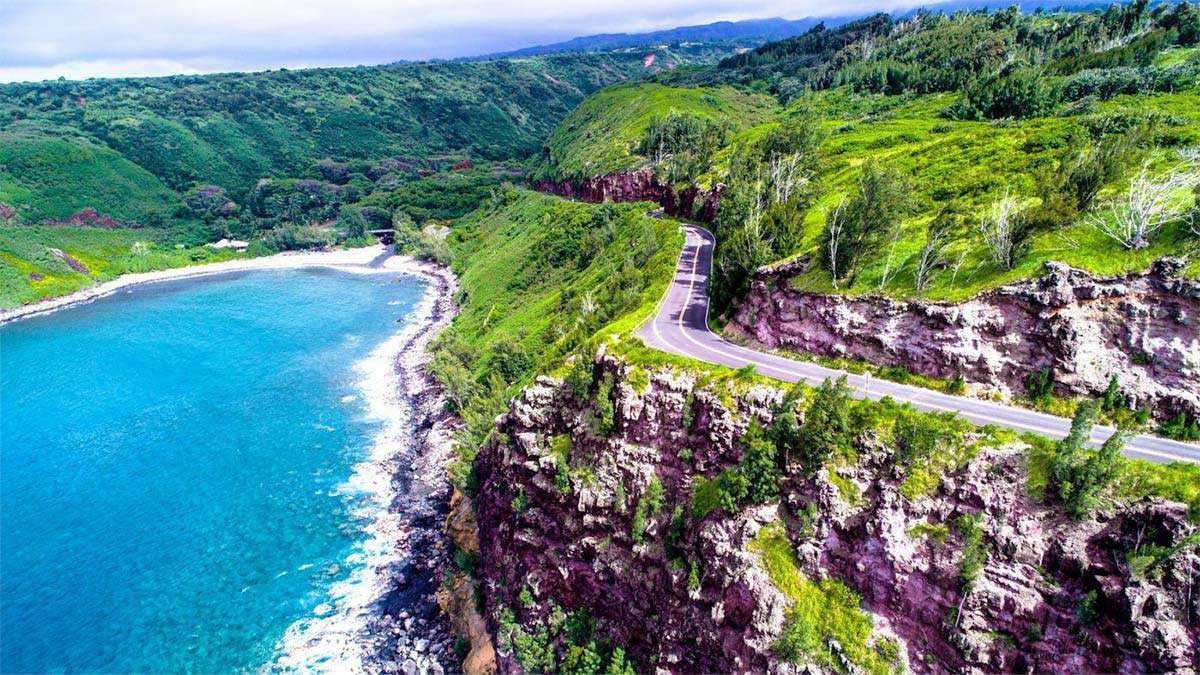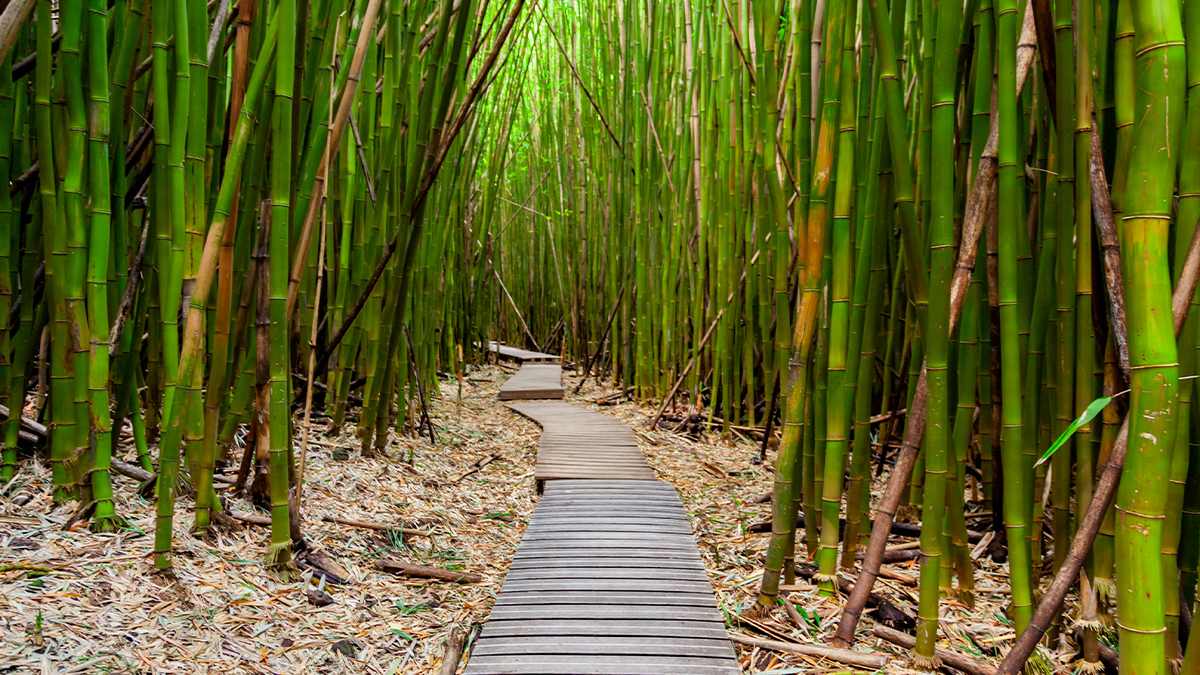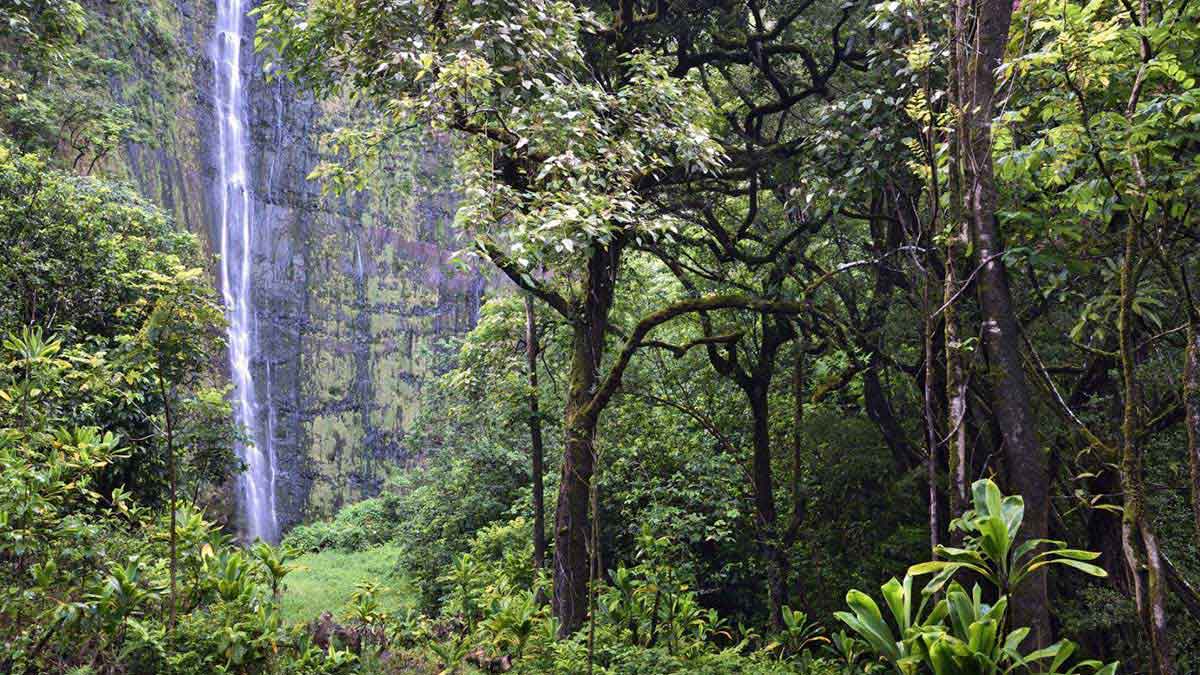Kipahulu Haleakala National Park: Where to Wander, What to See, and How to Prepare

Deep in East Maui, Kipahulu National Park invites travelers to trade city noise for crashing waterfalls, bamboo groves, and the drama of a wild Pacific coastline. This lush district of Haleakalā is famous for its trails, pools, and cultural sites that feel worlds away from the volcanic summit.
At Kipahulu Haleakalā National Park, you can wander the Pipiwai Trail to Waimoku Falls, marvel at ʻOheʻo Gulch, or set up camp with ocean views that make sunrise unforgettable. Because this district is remote, getting there means driving the legendary Road to Hāna and preparing for rain, mud, and limited services.
That’s why this guide covers not just what to see, but also how to plan your day with smart tips and must-know details. Whether you want a breezy stroll, a challenging hike, or the chance to camp under Maui’s stars, this place has something to fit every style of adventure.
Keep reading, because you’ll want every tip in this guide to make the most of Kipahulu National Park!
Adventures That Make “Just One More Stop” Totally Worth It
You’ve finally made it to Kīpahulu, and now you’re wondering: what exactly is there to do after the long drive? Here are the trails, views, and experiences that make every extra mile worth it.
Trek the Pipiwai Trail to Waimoku Falls
If there’s one hike that defines Pipiwai Trail, it’s this 4-mile journey where every step delivers another postcard moment. The path winds past a massive banyan tree, cuts through a dense bamboo forest that creaks like nature’s wind chimes, and finally unveils the showstopper: the 400-foot Waimoku Falls crashing into a lush amphitheater.
Boardwalks and footbridges make the trail manageable, but expect some mud and slippery stretches if it’s been raining. Bring sturdy shoes, a camera, and enough time to soak it all in. This is one adventure that deserves your full attention.
Stroll the Kūloa Point Trail
Not every hike has to leave you sweaty and exhausted, and the Kūloa Point Trail proves that easy doesn’t mean boring. This short coastal loop near the visitor center treats you to ocean views, glimpses of ʻOheʻo Gulch waterfalls, and interpretive signs about Hawaiian cultural traditions tied to the land.
It even links up with the Kahakai trail, offering a chance to extend your walk without overcommitting. Perfect for families, casual walkers, or anyone needing a “leg-stretcher” before tackling bigger hikes.
Take in the Kīpahulu Coastline
The rugged coastline is one of the crown jewels of the Kīpahulu District, where black lava meets turquoise surf in dramatic fashion. Trails here reveal views you can’t catch from the car, showing why the east side of Maui is considered the island’s wilder, more remote half.
Reaching these lookouts means navigating one of Hawaii’s most famous scenic drives, so take your time and pull over safely at designated spots. Between the crashing waves, tropical vegetation, and sea cliffs, this stretch makes the long journey feel instantly worth it.
Stay Overnight at Kīpahulu Campground
For those who aren’t ready to say goodbye, camping here transforms a day trip into a full-on adventure. The campground sits near ʻOheʻo Gulch, offering ocean views that remind you why Kīpahulu Maui is such a sought-after escape.
Facilities are rustic (think pit toilets and picnic tables) but the location inside the district of Haleakalā National Park makes it a hidden gem for anyone who loves falling asleep to the sound of the waves. Just come prepared with your own supplies and be ready for rain, because this corner of Maui doesn’t mess around.

Before You Go Full Jungle Explorer…Read This
It’s not every day that you plan a trip to paradise, so the last thing you want is to miss something big or regret not being prepared. Read on to make sure your visit runs smoothly from start to finish.
Reach Kīpahulu via the Hāna Highway
The only way to reach this remote corner is by driving the legendary Road to Hāna, a route famous for hairpin turns, waterfalls, and roadside fruit stands that tempt you to stop every mile.
Once you’ve passed the town of Hāna, it’s about 10 more miles to the park entrance, so be sure to gas up and stock snacks before leaving civilization behind.
The drive itself is part of the adventure, but it’s not something you want to rush. Take your time, pull over at safe spots, and treat the journey as much a part of your trip as the destination.
Secure Your Park Entrance Pass
Entry isn’t free, but the entrance fees cover three consecutive days and include access to both Kīpahulu and the Summit District. Passes can be purchased with a credit card at the park entrance, saving you the stress of fumbling for cash.
If you’re planning multiple days of hiking, camping, or sightseeing, this little ticket pays off quickly. Make sure to keep the pass handy on your dashboard so you’re ready for any ranger checks.
Check In at the Kīpahulu Visitor Center
Before you hit the trails, stop at the Kīpahulu Visitor Center, conveniently located near the trailheads. The visitor center is open daily with varying hours, offering maps, cultural exhibits, and even a water bottle refill station.
It’s your last chance for flush toilets and a dose of helpful advice from rangers who know the area inside out. Plus, browsing the small bookstore makes for a perfect souvenir stop before you disappear into the rainforest.
Prepare for Rain, Bugs, and Limited Services
The lush beauty of Haleakalā National Park Kīpahulu comes with a price: heavy rain, sticky humidity, and a swarm of mosquitoes ready to make you their buffet. Pack rain gear, bug spray, and plenty of water, because once you’re in the park, there are no concessions or gas stations.
Conditions change quickly, so even if the skies look clear, it’s wise to be ready for a sudden downpour. Think of it as packing for both a beach day and a jungle trek in one bag.
Heed Safety Warnings on Flash Floods
One of the biggest dangers here isn’t the height of the waterfalls — it’s the sudden surge of water from a flash flood. Even the serene pools below Makahiku Falls can turn dangerous in minutes if rain swells the streams upstream.
Always obey posted signs and stay out of the water if conditions look risky. It’s much better to snap photos from a safe distance than to end your adventure early.

Ready to Add Kīpahulu to Your Maui Adventure?
Exploring Kipahulu National Park is more than just a side trip — it’s a journey into Maui’s wildest, most unforgettable landscapes. From towering waterfalls to coastal cliffs, every stop inside Kipahulu Haleakalā National Park leaves you with a story worth sharing.
Planning your Maui trip is easier when you lock in vacation packages through Tripster, which bundle the essentials and save you from travel stress. You’ll also find the best rates on Maui attractions and hotels, making it simple to go from hiking boots by day to luau shows by night.
With smart planning and a little insider know-how, your time in Kīpahulu can fit seamlessly into a larger island adventure. Don’t wait — start planning today and see why this corner of Maui deserves a spot at the top of your bucket list!
What Are The Kipahulu National Park FAQs?
How do I get to Kīpahulu National Park?
The only access is via the Hāna Highway, continuing past the town of Hāna until you reach the park entrance. Allow extra time for the winding drive and limited speed limits.
Do I need a pass to enter Kīpahulu National Park?
Yes, there is an entrance fee that covers access to both the Summit and Kīpahulu districts for three consecutive days. Passes can be purchased by credit card at the entrance station.
What are the main things to do in Kīpahulu?
Popular activities include hiking the Pipiwai Trail to Waimoku Falls, viewing the pools at ʻOheʻo Gulch, and exploring the Kūloa Point Trail. Camping near the coast is also an option for those wanting to stay overnight.
Can I swim in the Seven Sacred Pools?
As of 2025, swimming is prohibited due to safety risks from flash floods and rockfalls. Visitors can still enjoy scenic views of the pools from designated trails.
How difficult is the Pipiwai Trail?
The Pipiwai Trail is considered moderate, about 4 miles round trip, with uneven terrain and muddy conditions after rain. Hikers should wear sturdy footwear and allow 2–3 hours to complete it.
Is camping available in Kīpahulu?
Yes, the Kīpahulu Campground offers primitive sites near the coast with picnic tables and pit toilets. There is no running water or showers, so bring everything you need.
What should I pack for a visit?
Be sure to bring water, snacks, insect repellent, and rain gear, as the area is hot, humid, and prone to sudden showers. Comfortable walking shoes are also essential for the trails.
Is Kīpahulu family-friendly?
Yes, shorter trails like Kūloa Point are accessible and enjoyable for families, while older kids and active adults can tackle the Pipiwai Trail. Just be mindful of slippery areas and posted safety warnings.
What’s the best time of year to visit Kīpahulu?
The park is open year-round, but spring and fall generally see fewer crowds compared to peak summer and winter seasons. Be prepared for rain at any time of year, regardless of the season.